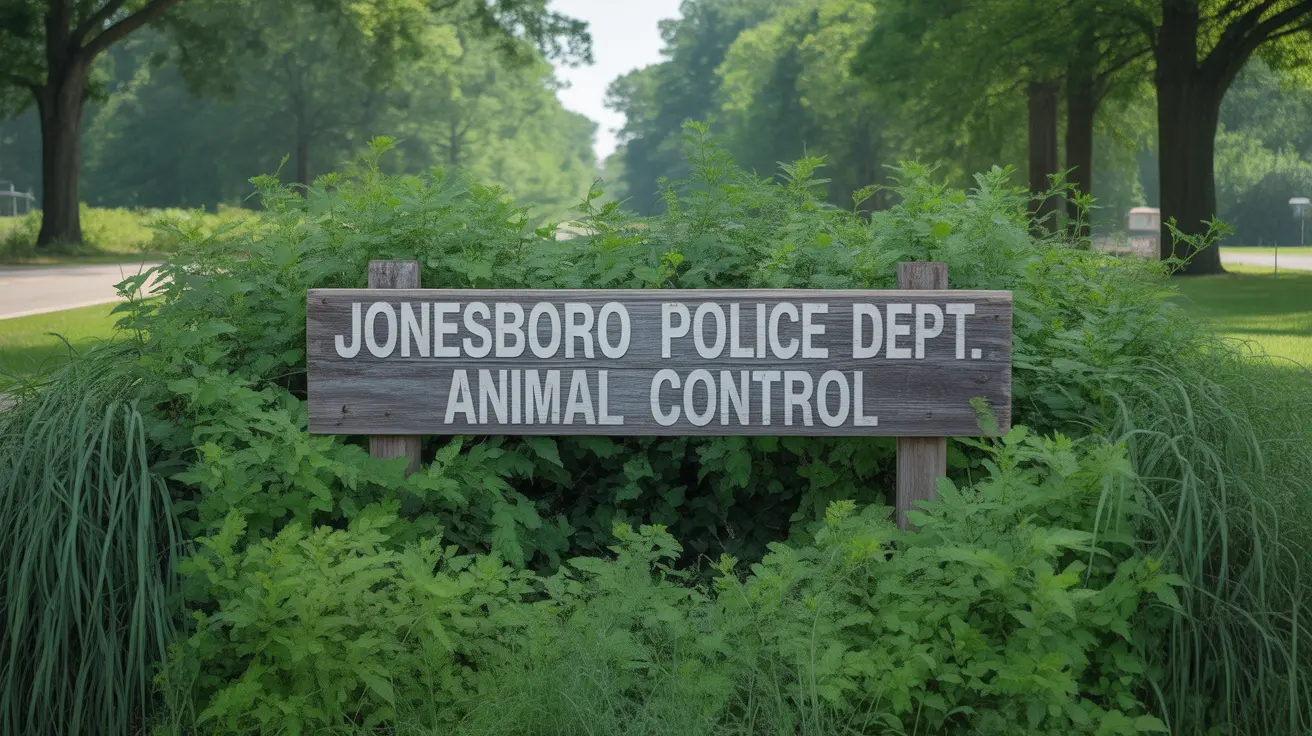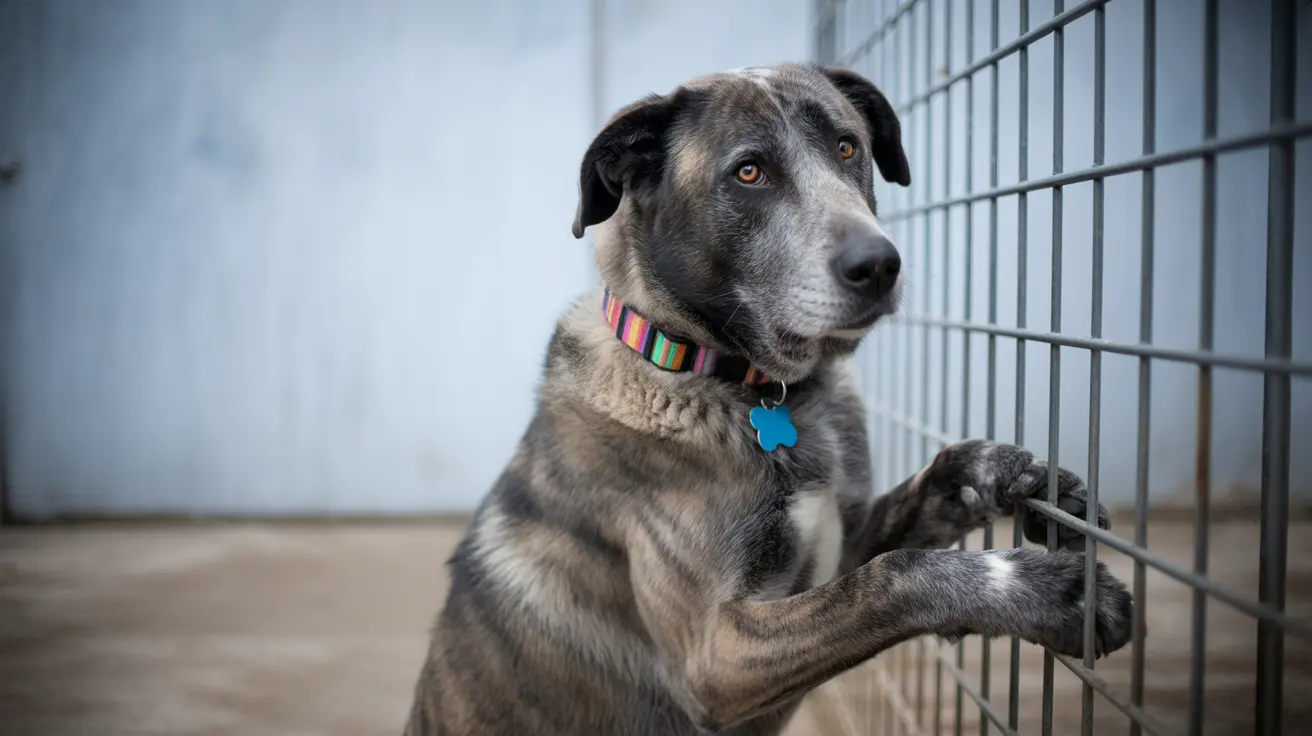How to Know If Something Is Wrong After Spaying
Spaying is a common, generally safe surgical procedure that provides significant health and behavioral benefits for female dogs. However, like all surgeries, it requires attentive post-operative care and monitoring to ensure proper healing. Pet owners should be able to recognize the difference between normal recovery signs and those indicating potential complications. Here's a comprehensive look at what to expect after your dog is spayed and what symptoms may be cause for concern.
Typical Recovery Timeline
After spaying, dogs generally take 10 to 14 days to recover. During the first few days, pets may appear groggy or tired due to anesthesia and might show reduced appetite or increased sensitivity at the incision site. These are normal post-operative responses:
- Grogginess and lethargy within 24-48 hours
- Mild swelling or redness at the incision
- Minimal bloody discharge
- Loss of appetite for the first day
- Minor whining or irritability related to discomfort
These symptoms generally improve quickly with proper rest and pain management.
Signs of Normal Healing
Within the healing period, the following signs are expected:
- Incision with slight swelling and bruising
- Diminishing discharge by day 3 or 4
- Progressive return of normal appetite and energy
- No licking or chewing of the wound when protected by an E-collar
Many clinics use absorbable sutures that don’t require removal, but always follow veterinary instructions for follow-up care.
Warning Signs of Potential Complications
Owners should inspect the incision site at least twice daily. Seek veterinary advice if you notice any of the following:
- Significant swelling or pain around the surgical site
- Yellow, green, or foul-smelling discharge (indicative of infection)
- Persistent lethargy beyond 48 hours post-surgery
- Opening or gaping of the incision
- Red gums or pale mucous membranes (potential sign of internal issues)
- Signs of pain or discomfort that don’t improve with medication
- Vomiting or diarrhea lasting over 24 hours
- Excessive licking or chewing at the incision despite safeguards
Some bleeding or minor vomiting soon after surgery is acceptable, but consistent or worsening symptoms should not be ignored.
Emergency Symptoms – When to Seek Immediate Help
Take your dog to a veterinary clinic right away if any of these urgent signs appear:
- Heavy or continuous bleeding from the wound
- Sutures falling out or loss of incision integrity
- Breathing difficulties, fainting, or unresponsiveness
- High fever or loss of coordination
- The incision looks deeply infected (pus, bad smell, inflammation)
Incision Site Monitoring
The incision should resemble a clean surgical line. You may see a small green tattoo indicating the pet is sterilized, which requires no treatment. Avoid bathing or exposing the area to dirt or water, and do not apply ointments unless directed by your vet.
Post-Op Care Instructions for Prevention
- Keep your dog calm and indoors for two weeks
- Limit activity—no jumping, running, or playing
- Monitor the incision site daily for any changes
- Use an Elizabethan collar (E-collar) for effective wound protection
- Give all veterinarian-prescribed medications exactly as directed
- Do not administer human medications
- Feed a normal diet unless otherwise advised
When in Doubt, Contact Your Vet
If you're unsure whether a symptom is normal, it's better to err on the side of caution. Your veterinarian is the best resource to help you navigate concerns during recovery. Ensure you attend all scheduled post-operative visits to catch potential issues early and confirm that healing is proceeding properly.
Conclusion
Spaying your dog is a major but routine surgery that offers lifelong health benefits. By being attentive and informed, you can help your pet recover smoothly and recognize when something may be going wrong. Use the signs above to monitor your dog's progress and always reach out to your vet if you're concerned about their well-being.





